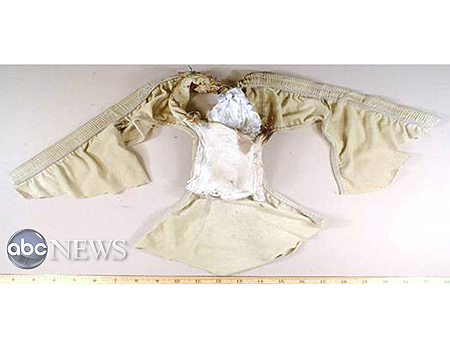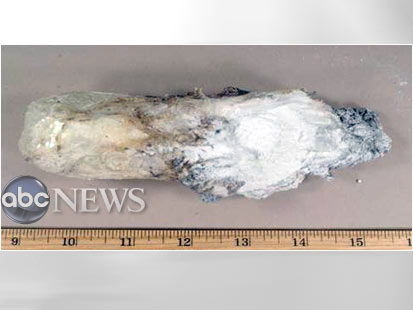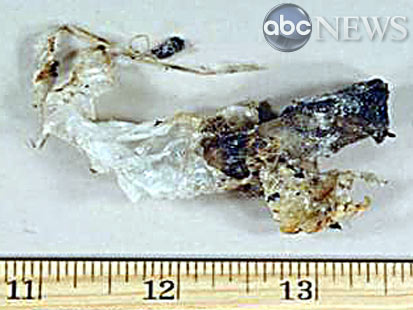"I'm the First of Many"
Umar Farouk Abdulmutallab boarded Northwest Airlines Flight 253 to Detroit from Amsterdam's Schiphol Airport on 12/25/09 carrying undetected explosives. 23-year-old Nigerian tried but failed to blow up the plane carrying 289 people.
Abdulmutallab apparently assembled the explosive device, including 80 grams of PETN, in the aircraft toilet, then planned to detonate it with a syringe of chemicals. The explosives appeared to have been professionally prepared and had been given to Abdulmutallab.
Abdulmutallab arrived in Amsterdam on 12/25/09 from Lagos, Nigeria on a KLM flight. After a layover of less than three hours in the international departure hall, he passed through a security check at the gate in Amsterdam, including a hand baggage scan and a metal detector, and headed to the Northwest flight. He did not pass through a full-body scanner.
On 12/28/09 Abdulmutallab was transferred from hospital in Detroit to a Federal prison in Milan, Michigan, where agents questioning him said he told them that he was one of many bombers being groomed by the Yemeni Al Qaeda to attack American-bound aircraft.
On 12/30/09 the airport announced it will immediately begin using full body scanners for flights heading to the United States. There were 15 full body scanners at Amsterdam on Christmas Day buy they were not used because the U.S. had not wanted these scanners to be used because of privacy concerns.
At least two scanners in Amsterdam have been experimentally using the less-invasive software since late November and the Dutch said those will be put into use immediately. All other scanners will be upgraded within three weeks.
In the U.S., 40 of the full-body scanners are being operated in at least 19 U.S. airports.
Six U.S. airports are using one machine for primary screenings: Albuquerque, N.M.; Las Vegas; Miami; San Francisco; Salt Lake City; and Tulsa, Okla. Passengers go through the scans instead of a metal detector, although they can elect to receive a pat-down search from a security officer instead.
The rest of the machines are being used at 13 U.S. airports for secondary screenings of passengers who set off a metal detector. But those travelers can also opt for a pat-down instead.
Last Junen in the U.S. Congress, the House voted 310-118 to prohibit the use of whole-body imaging for primary screening for privacy concerns. The measure, still pending in the Senate, would limit the use of the devices to secondary screening.
The underwear which contained an explosive packet used on a failed plot to blow up Northwest Flight 253. Six-inch long packet contained less than a half cup in volume, weighing about 80 grams of the high explosive chemical PETN. Richard Reid shoe bomb contained 50 grams of PETN.
The packet of PETN explosive powder above. PETN is the high explosive, it is stable and safe to handle, but it requires a primary explosive to detonate it. In this case it was in a syringe.
The syringe is still being tested but appears to be a glycol-based liquid explosive.
12/30/09 The Netherlands announced it will immediately begin using full body scanners for flights heading to the United States. There were 17 full body scanners at Amsterdam on Christmas Day buy they were not used because the U.S. had not wanted these scanners to be used because of privacy concerns


